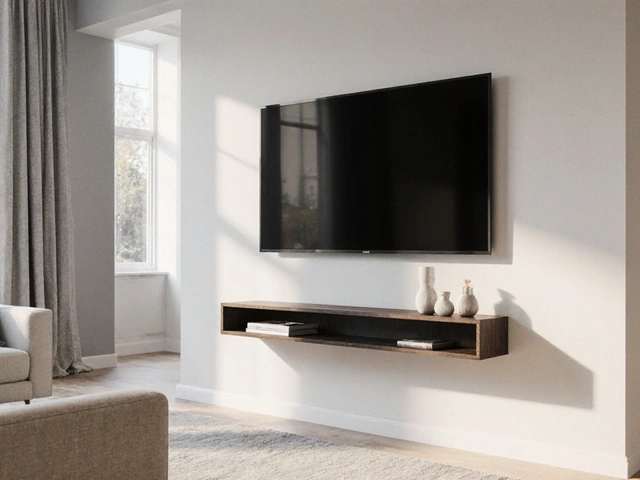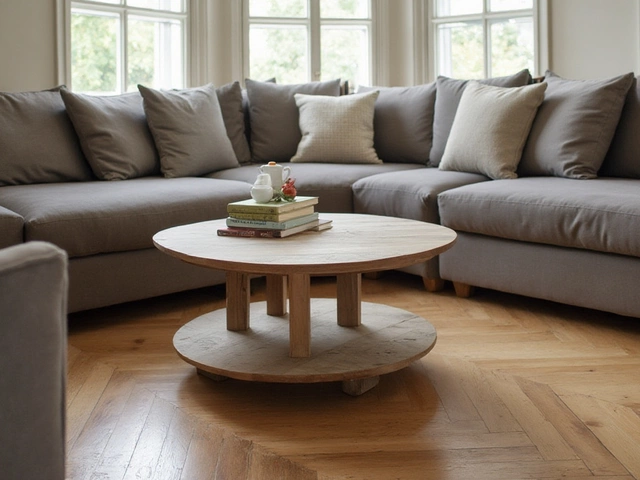Furniture Purchase Guide – How to Buy Smart and Save
Buying new furniture can feel overwhelming. You want something that looks good, lasts long, and doesn’t break the bank. This guide gives you clear steps to make the process easier, whether you’re furnishing a classroom, an office, or your home.
When to Shop for the Best Deals
Retailers run big sales at predictable times. In the UK, January and July are known for deep discounts after the holidays and during mid‑year clear‑outs. Black Friday and Cyber Monday also bring online‑only offers that can shave 20‑30% off the normal price.
Mark these months on your calendar and set a budget before you start looking. When you see a piece you like, compare the sale price with the regular price on the retailer’s website. A quick screenshot can help you prove the discount if you need to negotiate.
Don’t forget outlet stores and factory‑direct websites. They often have last‑season stock that’s still brand‑new but marked down heavily. Shipping might take a bit longer, but the savings usually outweigh the wait.
Spotting Quality Furniture
Quality starts with the frame. For desks and chairs, look for solid wood or metal that doesn’t wobble when you press. A cheap particle‑board frame will creak after a few months, while a hardwood frame can handle daily use for years.
Upholstery matters too. Fabric should feel tightly woven and resist pilling. Leather that cracks after a season is a sign of low‑grade hide. If you’re buying a sofa for a classroom, choose a stain‑resistant fabric that can be cleaned with a damp cloth.
Check the joints. Dovetail or mortise‑and‑tenon joints are stronger than glued‑only connections. When you sit on a chair, the seat should stay level and the backrest shouldn’t sag after a short sit.
Warranty information is another quality indicator. Reputable manufacturers offer at least a two‑year warranty on structural parts and a longer one on fabrics. A solid warranty shows the maker trusts their product.
Finally, read a few reviews. Look for comments about durability, comfort, and how the supplier handles any issues. Real‑world feedback often reveals problems that product specs hide.
Putting these tips together makes the furniture purchase process less risky. Plan your timing, set a clear budget, and inspect the build quality before you click ‘buy’. By doing a quick check on frame, upholstery, joints, and warranty, you’ll end up with pieces that look great and last long, whether they’re in a school, an office, or your living room.





